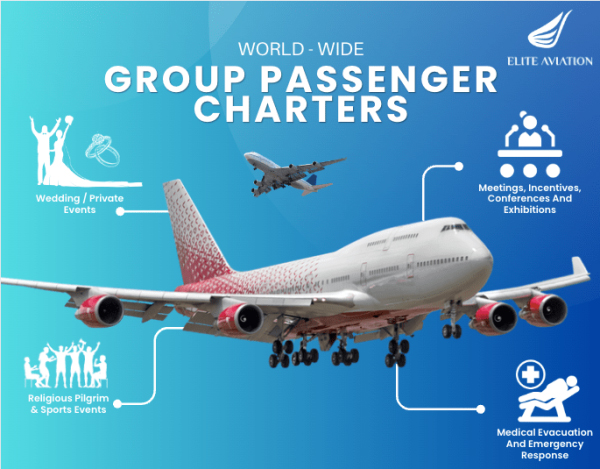[ad_1]
While businesses have become more accustomed to trade disruptions over recent years, building more resilient networks in response, this current period of extreme trade volatility represents an unprecedented challenge for businesses.
The recent wave of tariffs introduced by the U.S. and other global players goes beyond policy change to the point where it is structurally transforming international trade as we know it. The U.S.’s introduction of a universal 10% baseline tariff, for example, may appear a manageable challenge at face value. However, layered on top of product-specific duties, retaliatory tariffs and country-of-origin rules, the cumulative effect is a constantly shifting landscape that reshapes cost structures on a weekly or even daily basis.
Against this backdrop, one factor stands out as both a risk and key opportunity: pricing. To be precise, the ability to adjust pricing and pricing strategies in real-time, grounded in data and tailored to specific markets, has emerged as the most effective way to shield and even grow profits.
A New Age of Disruption
Many businesses are already feeling the impact of tariff changes, with sectors such as automotive, electronics, steel, and aluminum seeing tariffs swing dramatically in short periods, creating uncertainty around whether their next shipment will arrive at a 5% or 25% premium. This cost and pricing unpredictability can cripple decision-making and erode profitability before companies have a chance to react.
The challenge is compounded by the comparatively slow digital transformation in the supply chain and distribution sector, with many organizations remaining dependent on pricing systems that are either fully or partially manual. As the speed of trade policy changes continues to escalate, spreadsheets simply cannot keep up.
Manual pricing updates create a dangerous lag between cost change and price execution, leading to margin leakage, lost trust and missed opportunities.
Companies that can navigate tariff impacts faster and more precisely than competitors gain an immediate competitive advantage. When a 15% tariff suddenly gets applied to a product category, the distributor who can instantly model cost impacts and adjust pricing within moments captures market share from competitors still manually calculating price updates days later.
This is where strategic pricing and technology meet.
Delivering Pricing Agility with Technology
In the battleground for competitive edge, intelligent and automated pricing transforms the gap between tariff announcement and pricing response into a significant opportunity.
When new trade policies emerge, advanced pricing systems can instantly model cost impacts across entire product portfolios, while also empowering companies to execute price changes in real-time. This means businesses can maintain target margins while accounting for local market conditions and competitive dynamics.
The scenario planning capability of advanced pricing tools means that pricing decisions don’t have to be made in isolation. Businesses can test multiple strategies before implementation. Decision-makers can model whether to pass on tariff costs, absorb them, or create hybrid approaches that balance margin protection with market positioning.
The last five years have prompted many businesses to interrogate whether their pricing processes are fit for purpose, but the extreme challenge presented by the current trade policy landscape has heightened that need.
Pricing as a Competitive Differentiator
In today’s market, pricing goes beyond profit protection to become a strategic weapon for market positioning. Companies that master agile pricing don’t just preserve their margins; they reshape the competitive landscape to their advantage.
For example, a business that can accurately model the impact of new tariffs may decide to maintain customer prices temporarily, absorbing short-term cost increases to preserve relationships while competitors scramble to adjust. This calculated approach builds customer loyalty and market share, positioning the company for stronger performance when conditions stabilize.
In addition to speed, the key differentiator when it comes to advanced pricing technology is informed confidence. When pricing decisions are grounded in comprehensive data analysis and scenario modelling, businesses can move decisively while others hesitate, uncertain of the implications of their choices.
Volatility is Here to Stay
With global trade frictions and rapid policy shifts set to continue, companies can no longer afford to treat tariffs as a short-term challenge. Instead, it’s time for businesses to integrate tariffs as a strategic variable in long-term planning.
In practice, this means evolving from reactive pricing to a proactive strategy and equipping teams with real-time cost visibility so they can act decisively when the next tariff hits, not weeks later.
By embracing a pricing mindset that is as agile as the trade policies it responds to, businesses can take full advantage of pricing as a profit lever, increasing resilience in the face of uncertainty.
Andrew Butt is founder and CEO of Enable.
[ad_2]
Source link



